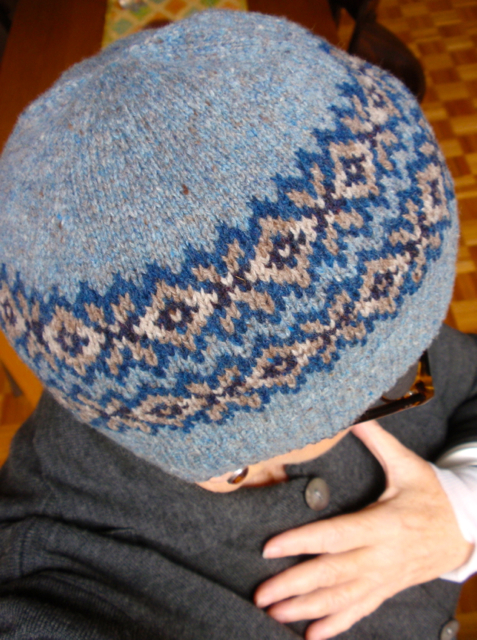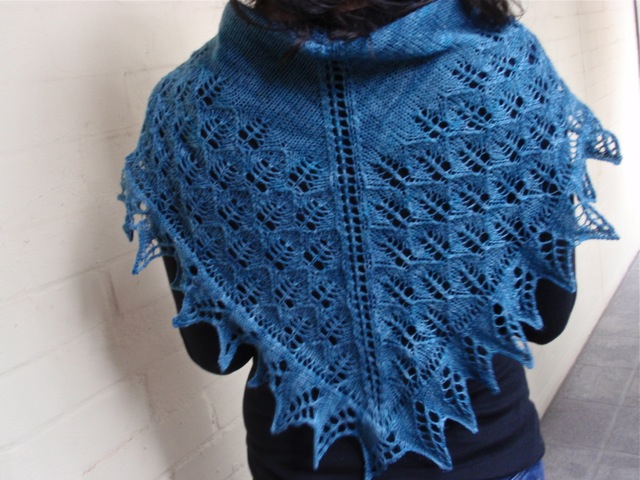Every year I have fantasies of immersing myself entirely in the
Sydney Film Festival. Of just viewing and thinking about films for two weeks. But every year life intervenes. There's work, other commitments, and this year a brief, pleasurable visit from my daughter and grand-daughter. So I've found myself, again, working out my film-viewing schedule to fit in the rest of my life. Even though this inevitably means I miss seeing some of the much-lauded films from the festival, it also means I discover some unexpected treasures.
So far, I've seen three films. On Thursday I saw one of the films from the official competition - 'Caesar Must Die', an Italian film directed by the veteran directors, Paolo and Vittorio Taviani, both now in their eighties. The focus of the film is a production of Shakespeare's Julius Caesar in a maximum security prison in Rome. The actors are the prisoners - most of them imprisoned for lengthy sentences for crimes including murder and mafia association. The film is bookended by scenes from the finished production - in colour - and the centre of film, in the prison, is in black and white. I think this is a masterly film that reflects the deep humanity of many of the Taviani productions. The brothers are fascinated by faces that show a life intensely lived - lined, scarred, shadowed and intensely expressive - and the semi-staged rehearsals that traverse the corridors and cells of the prison have camera angles and stagings that most directors would envy. Shakespeare's play is clearly meaningful for this group, with its emphasis on power relationships, plots, rebellions, conspiracies, honour, deception, and murder. There were a couple of moments when the film teetered towards a 'message' about the revelatory power of art, but mostly it allowed the power of Shakespeare's play and the deeply felt performances to speak for themselves. A 4 out of 5 for this one (though I know many others have been much more critical).
Then on Friday I saw two films, the first of which was a documentary, 'Winter Nomads'. Opportunities to see documentaries on the big screen with good sound are rare, and almost every festival some of the high points are provided by brilliant documentaries. 'Winter Nomads' isn't brilliant, but it is charming, and the wintry landscapes benefit from big-screen viewing. I normally avoid films (or books) about animals because I find the 'cute' factor irritating. And this is a film about animals. Mainly 800 sheep, but also three donkeys to carry the loads and four dogs and a puppy. However, it's also primarily a film about the two shepherds (a fiftyish man of great experience and a younger woman learning the trade). The shepherds engage in 'transhumance' taking the sheep on a four month trek, in winter, across French-speaking Switzerland in search of natural pastures to sustain and fatten the sheep. The shepherds trudge through the snow and sleep in a very basic tents erected in copses of trees. Fortunately, the film doesn't preach about the need to preserve such rural practices from the ravages of development, though it's clear the transhumance sits increasingly uneasily in the settled rural areas of Switzerland. Generally, the film avoids sentimentality. The sheep are destined for the table. Indeed the owner of the sheep arrives from time to time to transport groups of the fattened sheep to the slaughterhouse. Nevertheless, the animals, even the sheep, provide moments of great charm within the film - even for an animal-avoider like me. 3.5 out of 5.
On Friday I also saw 'Just the Wind', a very grim film about the persecution of Romani (gypsy) families in Hungary. It had much of the despair of the wonderful Australian film, 'Samson and Delilah', but without the cinematic brilliance. The film follows four members of a family - the mother who works as a cleaner, an ill, aged grandfather, a young teenage son who skips school and engages in petty theft, and a slightly older daughter who strives to make herself as invisible as possible while trying to be part of the broader world. The family is desperate to save enough money to join the father in Canada. In the broader community there is a spate of gun attacks on Romani families resulting in deaths. The family lives in fear and, very poignantly, the young boy creates a hiding place in the woods. The film is shot in a slow, rather mundane manner that emphasises the poverty of the community and the despair and hopelessness of it inhabitants, but simultaneously distances the viewer from the characters. I think this is one of those films where the theme is gripping, but the treatment doesn't quite do justice to the content. 3 out of 5.
Maybe I'm scoring a bit hard, because I'm really pleased I saw all three of these films. Each of these films provided an insight to a world very different from mine - one of the reasons I love attending the film festival.
More on Monday.










